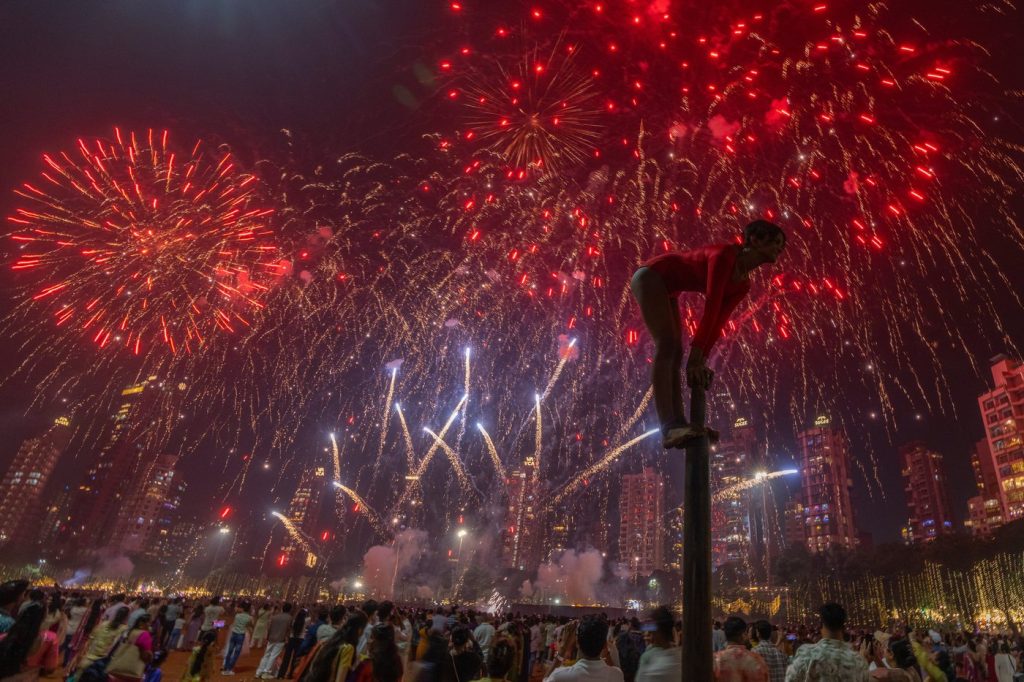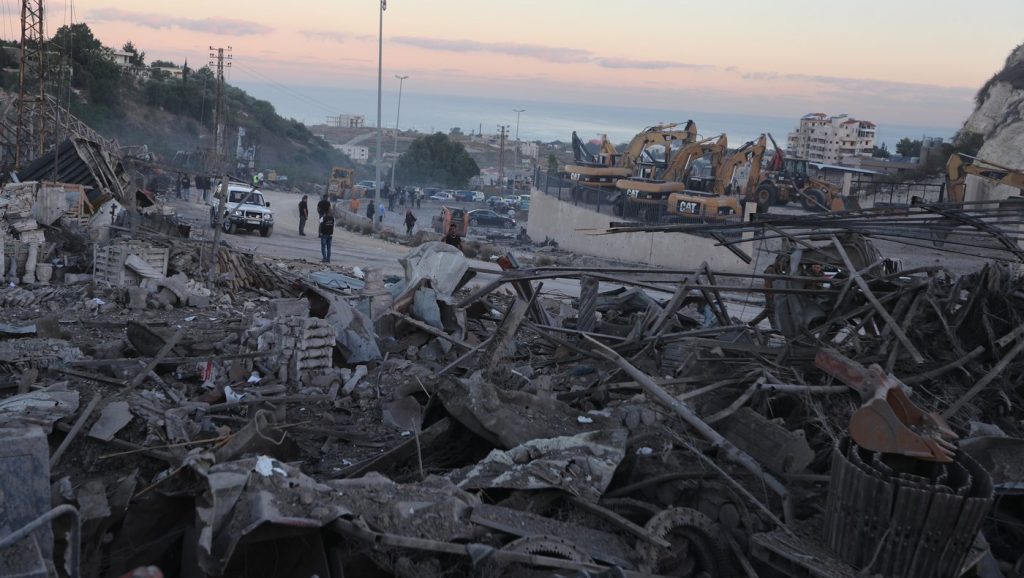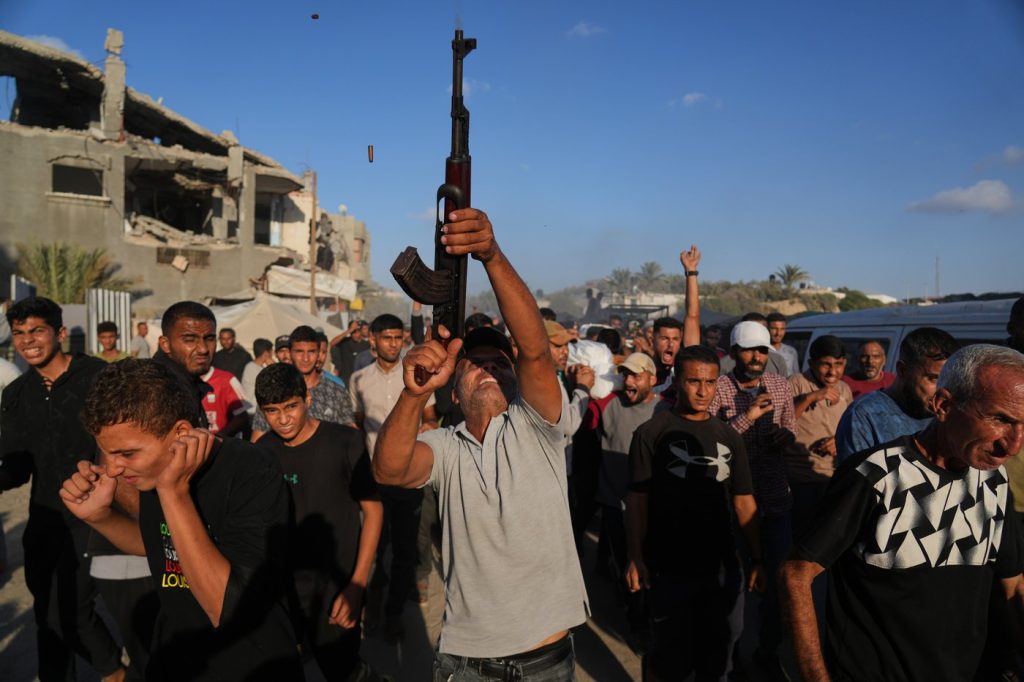NEW DELHI (AP) - Millions of Indians celebrated Diwali on Monday, marking the Hindu festival that symbolizes the victory of light over darkness. This cherished festival illuminated homes and streets throughout the country, captivating a wide array of celebrants who engaged in socializing and gift exchanges, typical of the festive atmosphere.
Diwali, which originates from the term "Deepavali" meaning "a row of lights," is observed according to the Hindu lunar calendar and typically falls in late October or early November. As the date approached, shoppers flocked to markets in search of flowers, lanterns, and candles to enhance their Diwali celebrations.
The festival's most vibrant manifestations were seen in Ayodhya, a city in Uttar Pradesh state, which holds special significance for Hindus. Believed to be the birthplace of Lord Ram, a revered deity, Ayodhya is renowned for the celebrations that commemorate his return from 14 years of exile. To honor this event, devotees light earthen lamps, known as diyas, in joyous unison.
As dusk settled on Sunday, Ayodhya witnessed the lighting of over 2.6 million lamps along the banks of the Saryu River, successfully maintaining the Guinness World Record set in the previous year. The spectacular display involved at least 2,100 Hindu priests who performed collective prayers, their chants resonating across the shimmering riverfront.
The city was further adorned with fairy lights, while a captivating laser and fireworks display brightened its lively streets and riverbanks. The community spirit shone through as thousands of residents participated in lighting lamps at their homes and temples, showcasing the collective effort that defines Diwali.
Organizers reported that more than 33,000 volunteers contributed to the lamp-lighting efforts, with nearly 40 families from surrounding villages producing 1.6 million lamps. A staggering 73,000 liters of oil and 5.5 million cotton wicks were utilized to illuminate the city, demonstrating the dedication of the volunteers. One such volunteer, 19-year-old Rachit Singh, shared, "It is hard work lighting diyas one by one. But when you see the whole ghat light up, every bit of effort feels worth it."
In recent years, Diwali celebrations in New Delhi have been overshadowed by concerns regarding air pollution. The traditional use of firecrackers has been linked to the creation of toxic smog, leading to health hazards that last for days following the celebrations. On Monday, air quality levels surged to a worrying 347 on the air quality index in certain areas of the city, which is approximately 14 times the World Health Organization's recommended daily exposure limit, according to the federal government's air quality monitoring agency, SAFAR.
Last week, India’s Supreme Court eased a comprehensive ban on firecrackers during Diwali in New Delhi, permitting the use of “green firecrackers”, which are designed to emit fewer pollutants. These environmentally friendly alternatives, developed by federal research institutes, aim to reduce particulate and gas emissions by approximately 30%. The court stipulated that these firecrackers could be used during specific hours from Saturday to Tuesday, allowing for a safer celebration.
This year’s Diwali encapsulated the essence of celebration intertwined with responsible practices, demonstrating the festive spirit while addressing ongoing environmental concerns. The festival serves as a reminder of the enduring traditions and community bonds that characterize this significant occasion in Indian culture.












